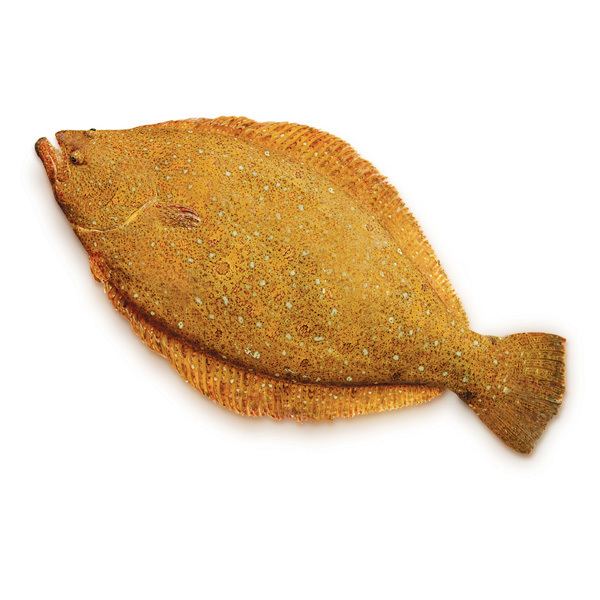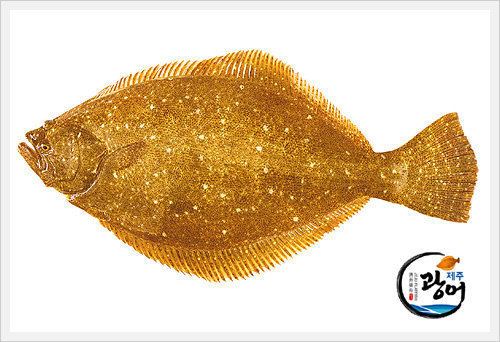Higher classification Paralichthys | Order Pleuronectiformes Genus Paralichthys Phylum Chordata Rank Species | |
 | ||
Similar Sebastes inermis, Japanese black porgy, Pleuronectidae, Atlantic horse mackerel, Pagrus major | ||
Japanese fishing olive flounder
The olive flounder, bastard halibut or Japanese halibut (Paralichthys olivaceus) is a temperate marine species of large-tooth flounder native to the north-western Pacific Ocean.
Contents

It is often referred to as the Japanese flatfish or Korea(n) flatfish (광어) when mentioned in the context of those countries.
It reaches a length of 103 cm (41 in) and a weight of 9.1 kg (20 lb).
Aquaculture
The olive flounder is the most common flatfish species raised in aquaculture in Korea. They are raised in Japan and China as well. It is the most highly prized of the Japanese flounders. Although the aquaculture for the olive flounder started from the late 1980s, its commercial production didn't begin on a major scale until the 1990s in Korea.
Parasites and food poisoning
The Myxozoan Kudoa septemlineata has been described in 2010 from olive flounder from Korea. This microscopic parasite infects the trunk muscles of the olive flounder where it causes myoliquefaction. Ingestion of raw fish containing K. septemlineata spores has been reported as a cause of food poisoning (gastroenteritis) in Japan since 2003. However, laboratory studies performed in 2015 and 2016 on adult and suckling mice showed that K. septemlineata spores were excreted in faeces and did not affect the gastrointestinal tract.
